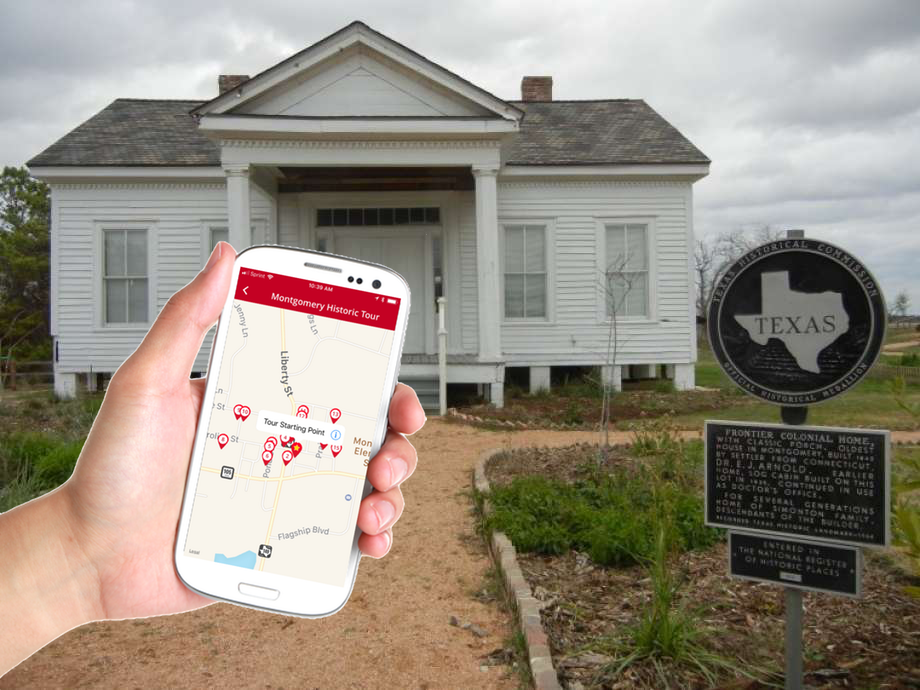Announcing the 2025 Science Discovery on Main Street Implementation Grantees
Meet the seven grantees of the 2025 Science Discovery on Main Street Implementation Grants!

Marion, Iowa © Tasha Sams
We work in collaboration with thousands of local partners and grassroots leaders across the nation who share our commitment to advancing shared prosperity, creating resilient economies, and improving quality of life.

Emporia, Kansas © Emporia Main Street
Made up of small towns, mid-sized communities, and urban commercial districts, the thousands of organizations, individuals, volunteers, and local leaders that make up Main Street America™ represent the broad diversity that makes this country so unique.

Chicago, Illinois © Main Street America
Looking for strategies and tools to support you in your work? Delve into the Main Street Resource Center and explore a wide range of resources including our extensive Knowledge Hub, professional development opportunities, field service offerings, advocacy support, and more!

Waterloo, Iowa © Main Street Waterloo
Your one-stop-shop for all the latest stories, news, events, and opportunities – including grants and funding programs – across Main Street.

Kendall Whittier — Tulsa, Oklahoma © Kendall Whittier Main Street
Join us in our work to advance shared prosperity, create strong economies, and improve quality of life in downtowns and neighborhood commercial districts.

Creating a historic or art walking tour is much more than simply a collection of pictures and descriptions. Your tour represents an opportunity to engage your visitors in a rich and immersive manner, leaving them with a memorable experience they will share with others. Making your visitors active participants through walking tours and other interactive activities means they will leave having learned something about your community, in many cases something they may not have known before.
In planning your walking tour, think about your audience and how best to reach them. Many communities spend hundreds of dollars on walking tour brochures. Would my parents use a brochure? Probably. Would I use one? Not likely. Would my kids use one? Definitely not. Your audience today is mobile, and their mobile devices can place your community’s rich history quite literally in the palm of their hand. No need for expensive brochures, and with a digital platform, changes and updates are easy to make.
With that in mind, here are four proven best practices for creating a memorable mobile device based, self-guided tour experience:
In planning your tour and first and foremost, consider your audience demographics. How much ground will the tour cover? Is the route physically challenging? How much time will it take? Put yourself in the place of a tour participant. Based on the unique knowledge of your community, what would you most want those taking the tour to learn?
As a first step, pull together all available materials: pictures, descriptions and historical chronology – any and all information regarding each intended tour stop. Granted, this material may be extensive and more than may be reasonably included, but it is important to review all material before editing. Some images will likely need to be converted to digital format.
If we are to point to the single most important and impactful element for a successful tour, it is narration. Audio narration is by far the key to making the tour more engaging and immersive. But to clarify – having even the best possible voice-over talent simply recite the same description participants can read on their mobile device is not the answer. Use the narration to highlight key points included in the written material, but this is also your opportunity to provide the “local color” to point out other interesting tidbits at each stop. Since you know precisely where participants will be standing and what they will see at each stop, adding that additional commentary will really help bring the tour to life. “As you look just past the iron gate to the right of the stable entry, note the image of a running horse on the wind vane atop the building.“ And of course, finding exactly the right voice in your community to record the narration cannot be overstated.
For mobile device-based tours, once participants have visited all stops, a completion screen should thank participants for taking the tour and ask for feedback. Listening to your tour “customers” is essential, and they may provide valuable insight and suggestions for improvement. It is also a great opportunity to ask them to stick around and visit your amazing local merchants, grab a bite, and “shop local.” Finally, don’t hesitate to let participants know how they can support your Main Street, including the ability to donate directly, if and when appropriate.
These four important elements are the key to creating a visually appealing, engaging and immersive experience for all types of tours. Whether focused on history, art or other points of interest, a walking tour is the perfect way to invite your visitors to become participants in your community and leave with a memorable experience they will share with others.
About the author:
Dr. Ron Cook is co-founder of distrx, a mobile app designed specifically for Main Street communities, listing all accredited Main Streets. A frequent speaker at state Main Street conferences and recognized technology expert, Dr. Cook was previously a university professor and Dean, focusing on innovation and entrepreneurship.